CLOCORTOLONE - TOPICAL
PHONETIC PRONUNCIATION: (kloe-KOR-toe-lone)
COMMON BRAND NAME(S): Cloderm
GENERIC NAME(S): clocortolone pivalate
Uses
USES: This medication is used to treat a variety of skin conditions (e.g., eczema, dermatitis, allergies, rash). Clocortolone reduces the swelling, itching, and redness that can occur in these types of conditions. This medication is a medium-strength corticosteroid.
How to use CLOCORTOLONE - TOPICAL
HOW TO USE: Use this medication on the skin only. However, do not use it on the face, groin, or underarms unless directed to do so by your doctor. Wash and dry your hands before using. Clean and dry the affected area. Apply a thin film of medication to the affected area and gently rub in, usually 3 times daily or as directed by your doctor. Do not bandage, cover, or wrap the area unless directed to do so by your doctor. If used in the diaper area on an infant, do not use tight-fitting diapers or plastic pants. After applying the medication, wash your hands unless you are using this medication to treat the hands. When applying this medication near the eyes, avoid getting it in the eyes because this may worsen or cause glaucoma. Also, avoid getting this medication in the nose or mouth. If you get the medication in these areas, rinse with plenty of water. Use this medication only for the condition for which it was prescribed. Do not use it for longer than prescribed. Inform your doctor if your condition persists or worsens after 2 weeks.
Side Effects
Precautions
Interactions
Overdose
Images
Reviews
Faq for CLOCORTOLONE - TOPICAL
Clocortolone topical is a medication used to treat itching, redness, and swelling associated with certain skin conditions such as eczema, dermatitis, and psoriasis.
Clocortolone topical belongs to a class of medications called corticosteroids. It works by reducing inflammation and suppressing the immune response in the affected area, thereby relieving itching and other symptoms.
Clean and dry the affected area before applying a thin layer of clocortolone topical cream or ointment. Gently massage it into the skin until absorbed. Wash your hands after application. Follow your healthcare provider's instructions for the specific dosage and duration of treatment.
Common side effects may include burning, stinging, itching, dryness, or redness at the application site. These usually improve as your body adjusts to the medication. However, if you experience severe skin irritation, allergic reactions, or any unusual symptoms, seek medical attention.
Clocortolone topical is generally not recommended for use on the face or near the eyes unless specifically instructed by your healthcare provider. These areas are typically more sensitive, and alternative treatments may be more suitable.
It is important to consult with your healthcare provider before using clocortolone topical if you are pregnant or breastfeeding. While there is limited data available, it is generally advised to use topical corticosteroids with caution during pregnancy or nursing.
Clocortolone topical may be used in children under the guidance of a healthcare provider. Pediatric dosing may vary based on the child's age, condition, and other factors. Always consult with a healthcare professional before using any medication on children.
There are no known significant drug interactions with clocortolone topical. However, it is always important to inform your healthcare provider about any other medications or supplements you are taking to ensure there are no potential interactions.
The duration of treatment and the time it takes to see improvement may vary depending on the specific skin condition being treated. It is important to follow your healthcare provider's instructions and give the medication enough time to take effect. If there is no improvement after a few weeks, consult with your healthcare provider.
Disclaimer
IMPORTANT: HOW TO USE THIS INFORMATION: This is a summary and does NOT have all possible information about this product. This information does not assure that this product is safe, effective, or appropriate for you. This information is not individual medical advice and does not substitute for the advice of your health care professional. Always ask your health care professional for complete information about this product and your specific health needs.
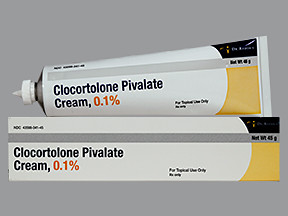

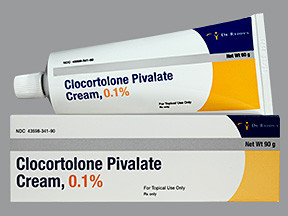
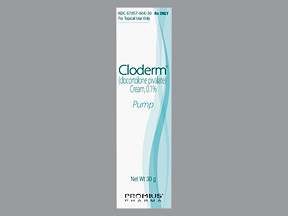
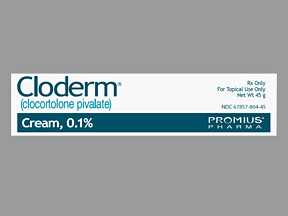
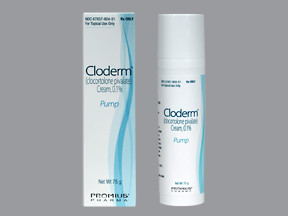
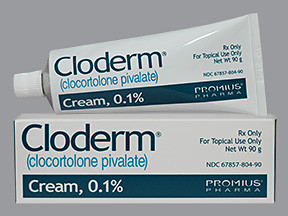
No Reviews Yet